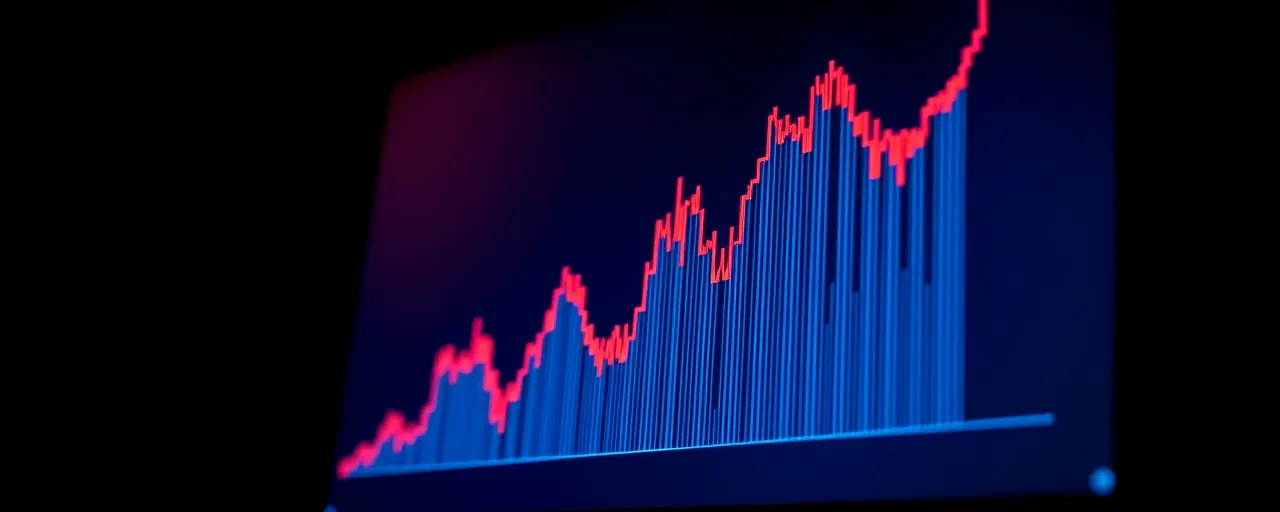A Financial Indicator Raising Alarms
Credit default swaps, often called CDS, are grabbing attention in financial markets. These contracts serve as insurance, shielding investors from the risk of a borrower—whether a government or a company—defaulting on debt. Right now, the cost of insuring U.S. government debt is spiking, reaching levels not seen since 2023 and among the highest since the 2008 financial crisis. This surge points to growing investor unease about the economy’s stability.
For example, insuring $10 million of U.S. government debt for five years now costs about $51,300, a 22.6 percent jump in just one month. Short-term CDS spreads, which track immediate risks, have widened to 70 basis points. This isn’t a minor fluctuation; it signals deeper concerns about the nation’s fiscal path and what it means for everyday people.
Why Government Debt Worries Investors
The U.S. federal debt is on track to reach $39 trillion in 2025, with interest payments surpassing military spending. The Congressional Budget Office projects public debt will climb to 118 percent of GDP by 2035, a level that raises questions about long-term solvency. Globally, sovereign borrowing is expected to hit $77 trillion by year-end, with the U.S. and China driving much of that growth. These figures impact taxes, public services, and economic confidence.
In 2023, a debt ceiling standoff pushed CDS spreads to 177 basis points, reflecting fears of a U.S. default. Although the crisis was averted, today’s rising spreads suggest lingering worries, fueled by political gridlock and global trade tensions. Some analysts argue the U.S. remains a safer bet than other nations, thanks to its economic strength and ability to issue its own currency.
Corporate Risks Add to the Picture
Corporate debt is also under scrutiny. Since early April, CDS spreads for speculative-grade companies have increased by 15 to 30 basis points, particularly in healthcare, manufacturing, and energy. Recent tariff announcements, which could raise costs and disrupt supply chains, are a key factor. Yet, corporate defaults remain low, with only 34 in the U.S. and Europe this year, compared to a five-year average of 42.
Historical patterns show defaults spike during downturns, like the 1873 railroad crisis or the Great Depression. Today’s lower default rates signal resilience, but rising CDS costs suggest investors are bracing for potential trouble. S&P Global forecasts a credit recovery in 2025, driven by stronger earnings and better financing conditions, though uncertainties persist.
What’s Driving the Concern?
Several issues are pushing CDS prices higher. A DTCC survey found 84 percent of risk professionals view geopolitical tensions as a top financial threat, with trade policy uncertainty—especially tariffs—playing a big role. The IMF has cut U.S. growth forecasts to 1.8 percent for 2025, with a 40 percent chance of recession. Other risks, like nonbank financial intermediaries and digital assets, add to the unease.
Some policymakers advocate slashing government spending, particularly on programs like Social Security and Medicare, to curb debt growth. They argue fiscal discipline is essential for stability. Others emphasize the need for investments in infrastructure, healthcare, and clean energy to drive growth and reduce inequality. These differing views highlight the complex choices shaping the economy’s future.
Lessons From the Past
History sheds light on today’s challenges. Sovereign debt crises, from ancient Greek city-states to 19th-century Latin America, often stem from excessive borrowing and external shocks. In 2011 and 2013, U.S. debt ceiling debates drove CDS spreads higher, echoing current concerns. The 2008 financial crisis, fueled by risky derivatives and banking practices, led to reforms like stress testing and the Financial Stability Oversight Council, though new risks like digital assets keep regulators vigilant.
How This Affects Everyday Life
Rising CDS prices don’t directly change your bank account, but their effects ripple outward. Higher borrowing costs could lead to more expensive loans for homes or cars. If investor confidence falters, markets might stumble, impacting retirement savings or jobs. While the economy remains stable for now, recession signals and trade tensions create uncertainty.
The debate over debt boils down to priorities. Cutting spending might reassure investors but could limit public services. Investing in growth could boost the economy but risks adding to the debt. These choices affect everyone, from business owners to families planning their budgets.
As CDS prices flash warning signs, they reflect real concerns about the future. Whether it’s managing government debt, navigating corporate risks, or addressing global challenges, the decisions made now will shape the economy for years to come. Staying informed helps us understand what’s at stake.
